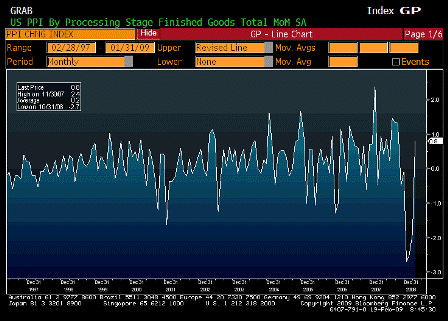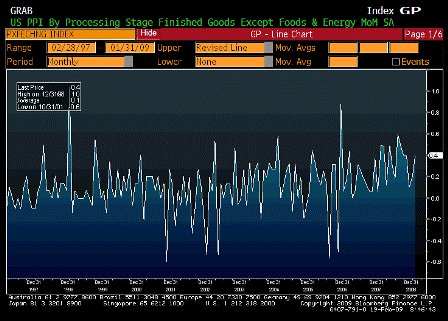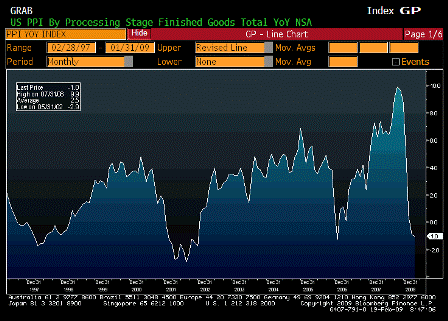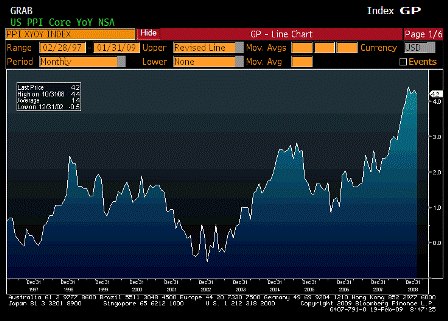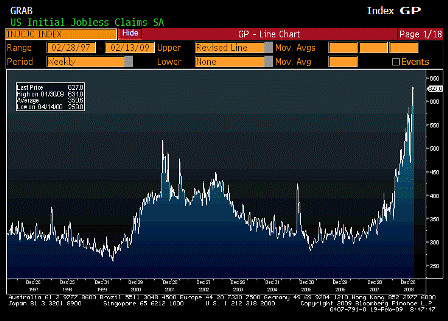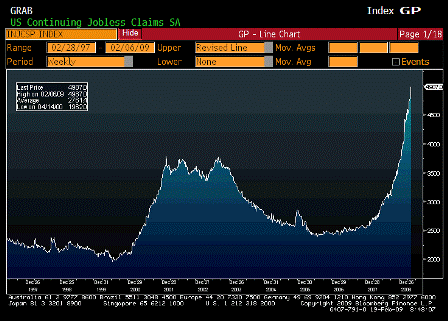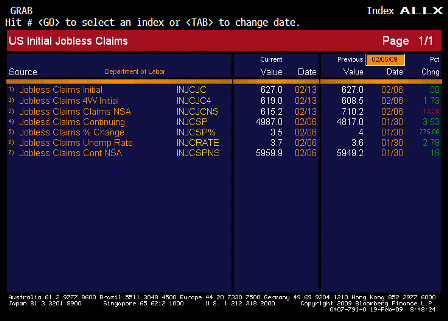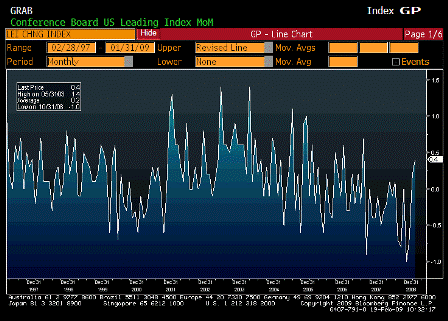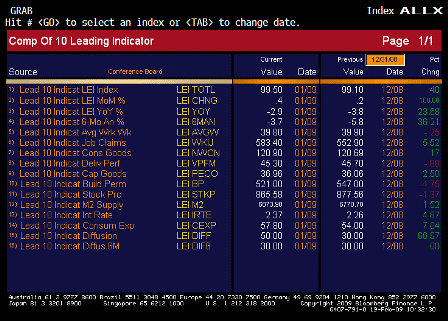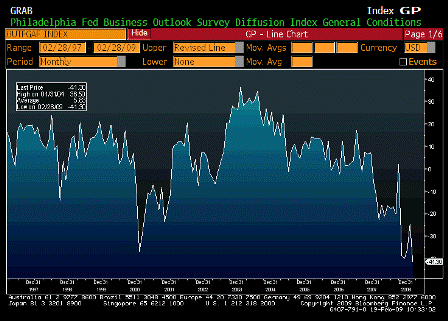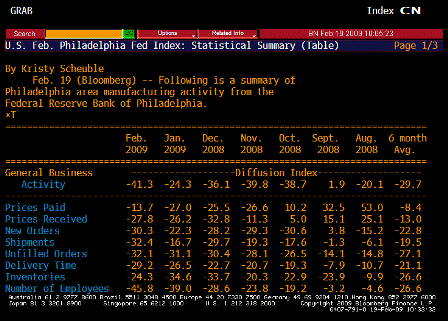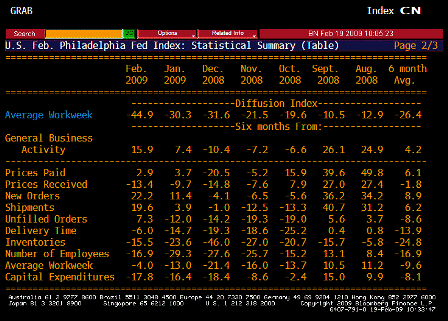The media is screaming that deficit spending simply takes money from borrowers and gives it to someone else, so it doesn’t work.
This is NOT the case. In fact, deficit spending ADDS to our total savings of financial assets.
Operationally, this is how $100 billion of deficit spending ‘works’ to ADD to nominal savings of financial assets:
- The Treasury sells $100 billion of treasury securities.
- Paying for the new securities reduces member bank balances held at the Fed by $100 billion.
- And our holdings of treasury securities increase by $100 billion.
- The Treasury spends the $100 billion it got from selling us the $100 billion of new treasury securities.
- This increases member bank balances at the Fed by $100 billion.
Quick recap-
We buy treasury securities from the government which means we have $100 billion more treasury securities.
We pay for them which means we have $100 billion less in our bank accounts.
So far all we have done is exchange bank balances at the Fed for treasury securities, which also held at the Fed.
So far nothing of economic consequence has changed, apart from now we could be earning more interest on our treasury securities than we had been earning on our Fed balances.
Final recap:
- Bank balances are back where they started from.
- Our holdings of treasury securities, which are financial assets and saving, have increased by $100 billion.
Conclusion and proof:
Government deficit spending of $100 billion necessarily increases savings of financial assets by $100 billion.
Please distribute as widely as possible as a matter of further public purpose!!!
[top]

